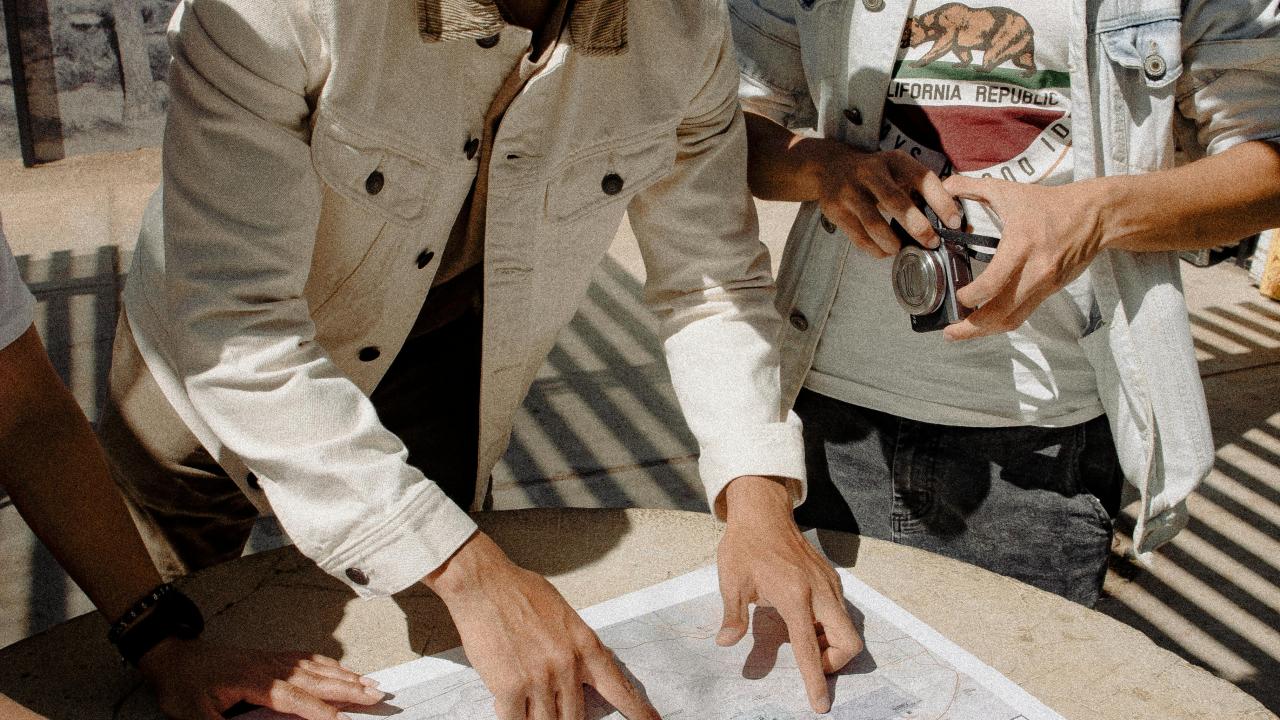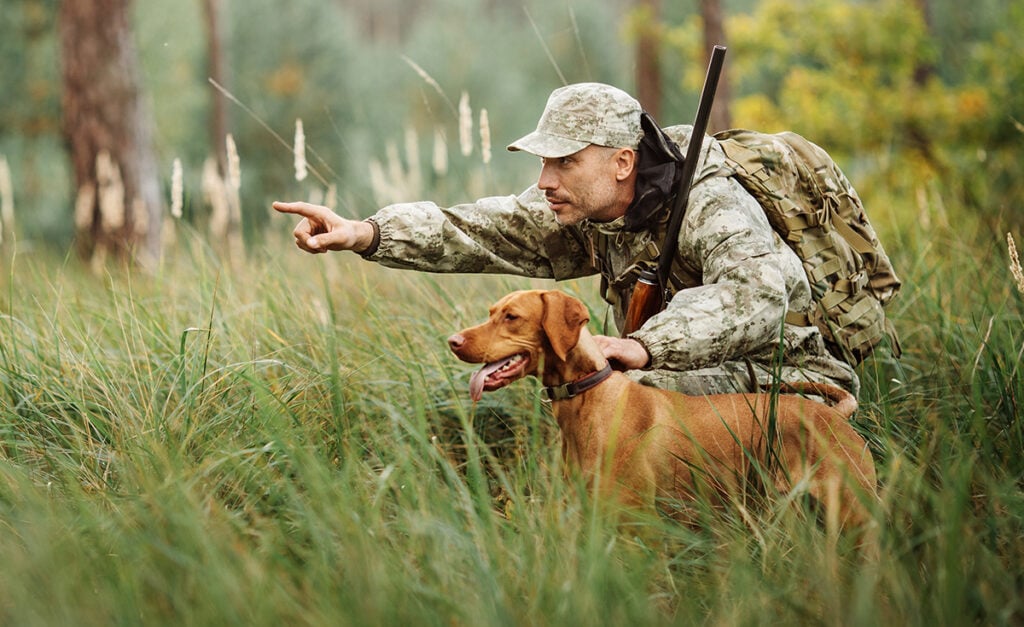
Emergency Planning
A comprehensive guide to emergency planning. Learn essential steps: assess risks, create contact lists, assemble plans, develop routes, prepare your home, and stay informed
Jul 17, 2024 | by N Johansson

Hunting isn't just a sport; it's a tradition steeped in skill and respect for nature. Yet, one of the most challenging aspects of hunting is tracking a wounded deer, a task that can be both frustrating and ethically troubling. But what if you could turn the tide with the help of a well-trained canine companion?
Picture this: a dog that not only shares your passion for the hunt but also enhances your efficiency and ensures that no wounded deer is left unfound. This guide is your roadmap to transforming any dog—whether a playful puppy or a seasoned adult—into a master deer tracker.
We’ll walk you through the essentials, from choosing the right breed and gathering the necessary equipment to mastering effective training techniques. With consistency, patience, and the right approach, you and your dog will form an unbeatable team, tackling one of hunting's biggest challenges together. Ready to embark on this journey? Let’s dive in and get started.

Choosing the right breed is foundational. While any dog might show potential, certain breeds are naturally adept at tracking due to their superior sense of smell and high energy levels. Here’s a look at some top picks:
Why Some Breeds Might Not Be As Suitable: Dogs that lack a strong prey drive or are easily distracted may struggle with tracking. Small breeds with less stamina or those bred mainly for companionship are also less effective.
Adoption and Rescue Options: Consider adopting from shelters or breed-specific rescues. Many potent trackers end up in shelters needing the right training to unlock their potential. Focus on traits like trainability, endurance, and a keen sense of smell; these will be crucial in the rigorous training process ahead.
Equipping yourself and your dog with the right tools is pivotal for successful training. Here’s what you’ll need:
Where to Buy Recommended Gear:
Tips for Using the Gear Effectively:
The Blood Trail Method:
The Hide and Seek Method:
The Squeeze Bottle Method:
Starting Young:
Basic Commands:
Gradual Progression:
Training a dog to track deer takes patience and consistency, but the results are deeply rewarding. The bond you’ll build and the successes in recovering game make the effort well worth it. Prepare well, train diligently, and enjoy the enhanced efficiency and satisfaction that comes with a well-trained deer tracking dog. Happy hunting!
Articles you might also like: